The Firefly is a modified blower that ionizes the air blown to the sensor, creating both negative as well as positive ions. The idea is that if there are dust spots clinging to the sensor because of static, the ionized air will neutralize the charge and cause the dust to fall off. The Firefly also has a filter to ensure that the air being blown has no particles.
In this post, I show test results from using a DSC-2000 on a D600, a D7000, and a Fuji S5.
Assembling the Firefly is simple enough, as shown in the video. However, it was not so easy to insert the adapter into the blower. The best way I've found is to twist the blower as you push the adapter on the blower.
Also, I should note that the first blower I tried was the one that came with the LensPen Sensor Klear Loupe Kit. Although the blower fit the Hurricane adapter that was included with the kit, the blower was not long enough and the adapter could not go all the way into the blower, making it somewhat loose. I ordered a Giottos blower, which fit the included Giottos adapter perfectly.
USAGE AND SAFETY
The Firefly DSC-2000 is easy to use. You just press the power button, you see the light come on and you can hear a high pitched sound (barely audible). The ionizer stays on for about 10 seconds, and you pump the blower several times.
The component that ionizes the air also serves to prevent the blower tip from touching the sensor (at least the Nikon DX or FX mount - don't know about mirrorless or Canon or other mounts). However, if the blower tip is angled a certain way, it *might* touch and damage the delicate shutter curtain. (Obviously I did not test if it would indeed touch it.) This risk would be present for any other blower or most other cleaning methods as well. In any case, it appears that it is not necessary to stick the Firefly blower tip close to the sensor to produce an adequate blast of air (by comparison, with my Lenspen blower, the blast of air was not as strong and seemed like I needed to get closer to the sensor).
BTW before I got the Firefly, I had also tried a cheap USB ionizer. Two of them in fact. I tried to blast a normal blower through them. It did not produce any noticeable effect compared to just using a blower. Moreover, my understanding is that those ionizers produce only negative ions, so there is a charge to the air (if it does work), which could damage the camera. Plus it could cause particles to stick to the sensor. In the case of the Firefly, it produces both positive and negative ions, therefore the overall charge is neutral, and the discharging effect would work on both positively-charged or negatively-charged surfaces/particles. Why the ions don't cancel each other out before they act on the particles - I don't know exactly. (Anyone who wants to chime in on this, feel free to do so in the comments.) What I do know is that Firefly's discharging effect has been demonstrated to work. See this video:
TESTS
Although the Firefly demo against Zeeion is interesting, it bears little resemblance to sensor cleaning. The particles that cling to sensors are much smaller therefore it is harder for the blower to act on them, and they can stick better to the sensor surface. Plus there is no vibration to shake off the particles. On the other hand, the blower air hits the particles directly. Anyway, notwithstanding the proven discharging effect, we still need to test whether and to what extent the Firefly works as designed.
Although the Firefly demo against Zeeion is interesting, it bears little resemblance to sensor cleaning. The particles that cling to sensors are much smaller therefore it is harder for the blower to act on them, and they can stick better to the sensor surface. Plus there is no vibration to shake off the particles. On the other hand, the blower air hits the particles directly. Anyway, notwithstanding the proven discharging effect, we still need to test whether and to what extent the Firefly works as designed.
Fuji S5
In this test, I used a Fuji S5, took baseline shots with a Tamron 70-300 at f/22 and f/45. I cleaned the Fuji S5 with a Giottos blower (large), took a couple more shots at f/22 and f/45. Then I used the Giottos blower attached to the Firefly, first cleaning the mirror box (with the mirror down), then using the Firefly with the mirror up, several times (at least 4 or 5 times of about 10 seconds each). I then took shots at f/22 and f/45. Here are the test shots (full resolution versions available when you click on them). The shots were adjusted in Lightroom to make the spots easier to see (Auto Tone, +1EV, +66 white, -66 black in the case of the s5 and -100 black in the case of the D600 and D7000, change to black & white).

Giottos only:
f/22
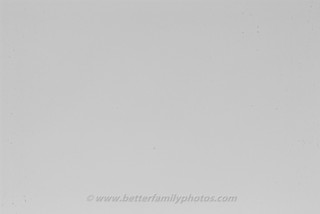
f/45
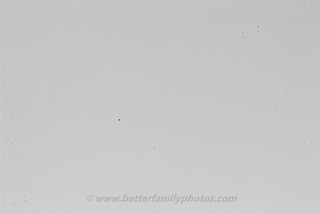
The Giottos blower was able to get rid of some of the spots, including the hair-like strand.
Giottos + Firefly:
f/22

f/45
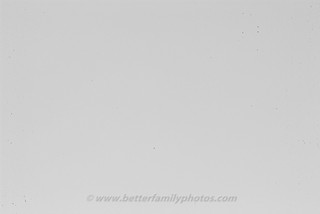
With the Firefly, the blower was able to remove a few more spots, although there are still many spots remaining.
D7000
I tested the Firefly on the D7000 as well, but without the intermediate step of using the Giottos blower by itself.
Before cleaning:
f/22

f/45

After Giottos+Firefly:
f/22
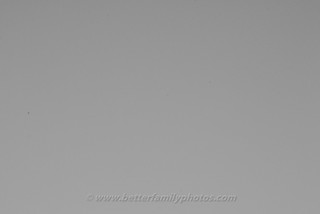
f/45

As with the S5, the Firefly was able to remove many of the spots on the D7000 (mostly on the lower left and lower middle part of the frame). Again, many spots remain.
D600
I actually tested the D600 first and had not thought about doing a baseline at f/22, so I can only show a comparison at f/45. Nonetheless I've included the f/22 shot after cleaning to show what f/22 would look like, with and without contrast adjustment.
Before blower:
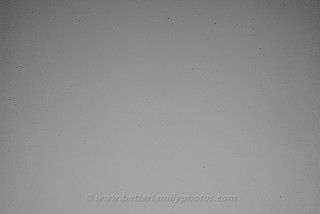
After Giottos+Firefly
f/45
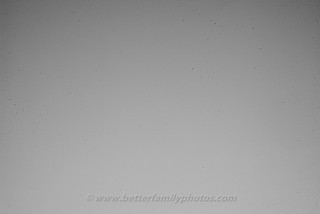
f/22 (with contrast adjustment)
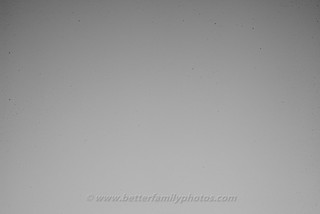
f/22 (without contrast adjustment)
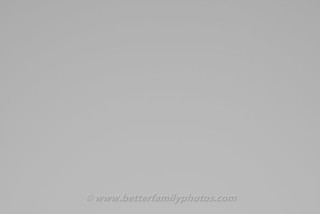
The Firefly reduced the dust spots significantly, but there are still many spots that remain.
Before blower:

After Giottos+Firefly
f/45

f/22 (with contrast adjustment)

f/22 (without contrast adjustment)

The Firefly reduced the dust spots significantly, but there are still many spots that remain.
CONCLUSION
The Firefly appears to be effective at reducing dust spots but does not appear to eradicate them, even with multiple attempts. In a follow-up to this post, I will try to clean the sensor again with the LensPen Sensor Klear, combined with the Firefly.
The Firefly appears to be effective at reducing dust spots but does not appear to eradicate them, even with multiple attempts. In a follow-up to this post, I will try to clean the sensor again with the LensPen Sensor Klear, combined with the Firefly.
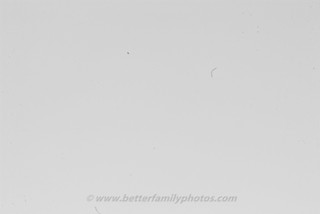
Hi Mic,
ReplyDeleteHave you tried using the sensor cleaning kit from Copper Hill Images (www.copperhillimages.com)? Moose Peterson and RC Concepcion seem to like it.
I've had my eye on it for some time, but haven't gotten around to ordering it for my D90.
Hi Francis. I've tried one of the products they sell - the SensorSwab and Eclipse fluid. Here is the post about it: http://betterfamilyphotos.blogspot.com/2012/12/sensor-cleaning-with-sensor-swab.html
DeleteIn short, I found the sensor swab to be difficult to use. The store where I bought my D600 (Bel-Air Camera) said the sensor swab and eclipse combination is what they use so I am supposing it is effective. Perhaps if you can somehow learn to use it then it is a good tool. I also hesitate to use the sensor swab because it might void the warranty of my D600.
Best regards,
Mic